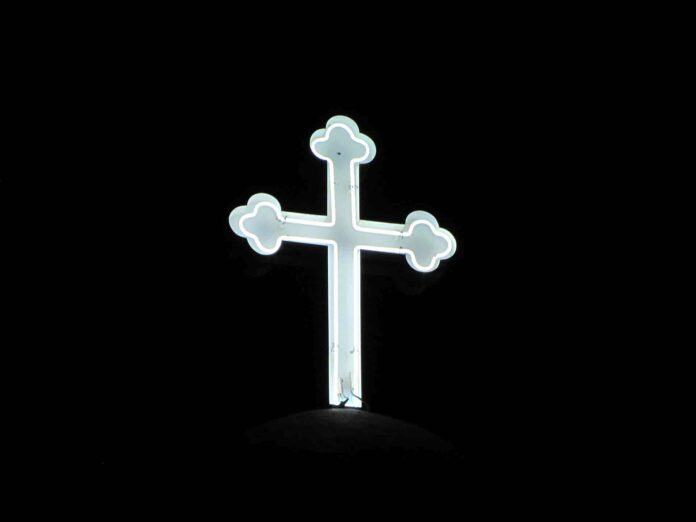In a surprising turn of events, a community’s cherished religious artwork has been at the center of controversy, leading to its removal following the discovery of local figures within the sacred depictions. This incident has sparked widespread discussion and reflection on the sanctity and representation within religious art.
Unveiling the Controversy
The removal of the religious artwork came as a shock to many parishioners and art enthusiasts alike. Located prominently within a revered place of worship, these pieces have long served as symbols of faith and cultural heritage. However, the revelation that among the holy figures depicted were recognizable local figures—a respected priest and a prominent businessman—prompted swift action by religious authorities.
Community Reaction and Sentiments
The discovery has elicited mixed reactions within the community. While some expressed disappointment and concern over the inclusion of local personalities in sacred art, others saw it as a reflection of the community’s intertwined spiritual and secular lives. The artwork, once a source of reverence and unity, has now become a focal point for discussions on tradition, representation, and the boundaries between the divine and the earthly.
Historical Significance of Religious Art
Throughout history, religious artwork has served as a conduit for conveying spiritual truths and cultural values. From ancient frescoes to Renaissance masterpieces, these artworks not only narrate biblical narratives but also reflect the societal norms and beliefs of their time. They stand as testament to the enduring power of visual storytelling and the profound impact of art on shaping collective identity.
Challenges in Modern Interpretation
In today’s pluralistic society, the interpretation of religious art poses unique challenges. The inclusion of local figures in sacred depictions raises questions about authenticity, respect for tradition, and the evolving role of art in religious practice. It calls for a delicate balance between preserving cultural heritage and addressing contemporary sensitivities.
Ethical Considerations and Artistic Freedom
The removal of the controversial religious artwork underscores the ethical considerations inherent in artistic expression. Artists, while imbued with creative freedom, must navigate the complex terrain of religious sensitivities and community expectations. The incident prompts a reevaluation of the responsibilities and boundaries that govern the creation and display of religiously significant art.
Moving Forward: Dialogue and Reflection
As the community grapples with the aftermath of this incident, there arises an opportunity for dialogue and introspection. It is a time to revisit the criteria for depicting sacred figures, ensuring that they resonate with the spiritual and cultural values they represent. Through open discourse and mutual respect, communities can forge a path towards understanding and reconciliation.
Conclusion
The controversy surrounding the religious artwork serves as a poignant reminder of the intricate relationship between art, faith, and community. While it has sparked debate and raised pertinent questions, it also invites us to appreciate the enduring legacy of religious art and its role in shaping our collective consciousness. As we navigate the complexities of modernity, may we strive to uphold reverence, authenticity, and inclusivity in the portrayal of sacred narratives.
By addressing these themes comprehensively and thoughtfully, this article aims to provide a nuanced perspective on the recent events surrounding the removal of religious artwork due to the presence of local personalities.

